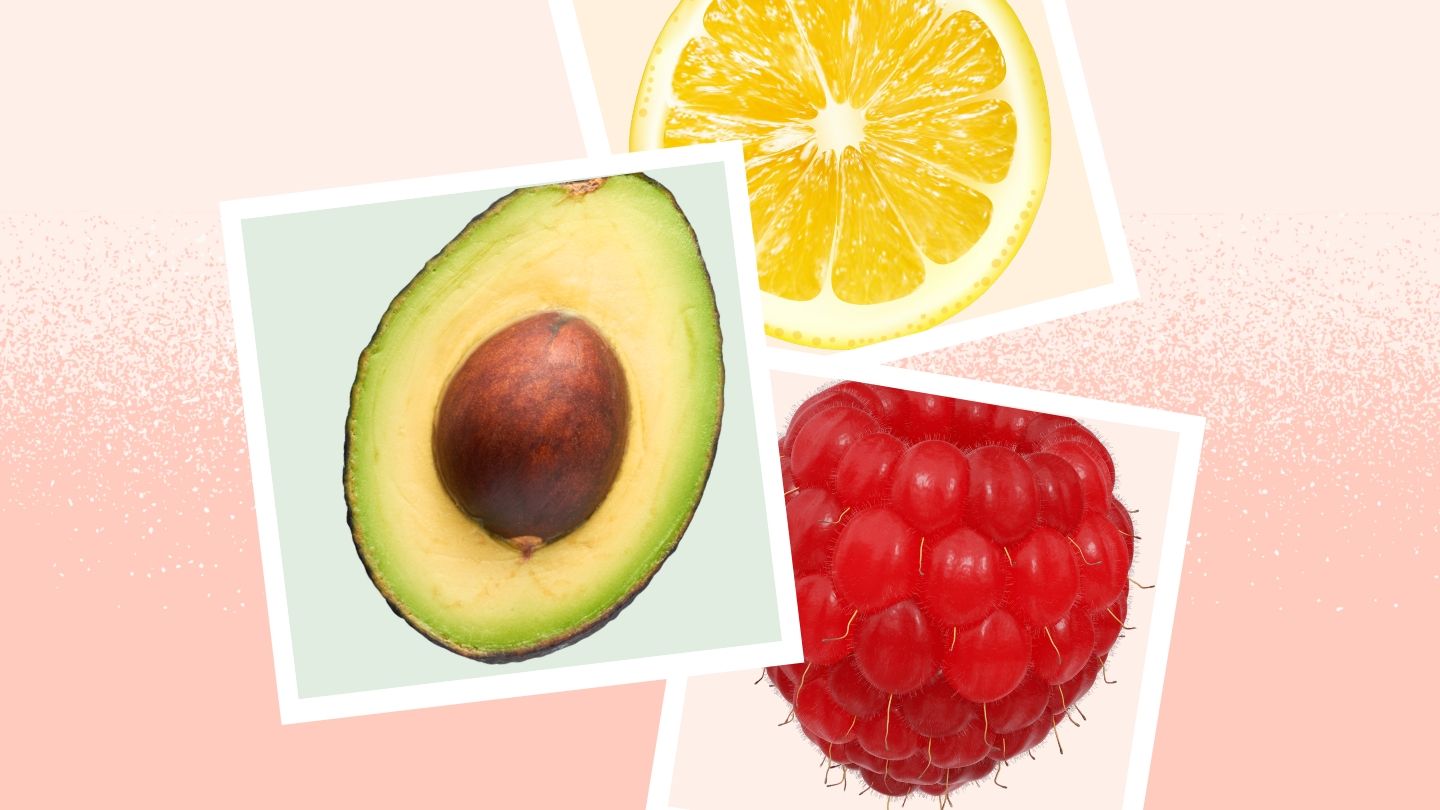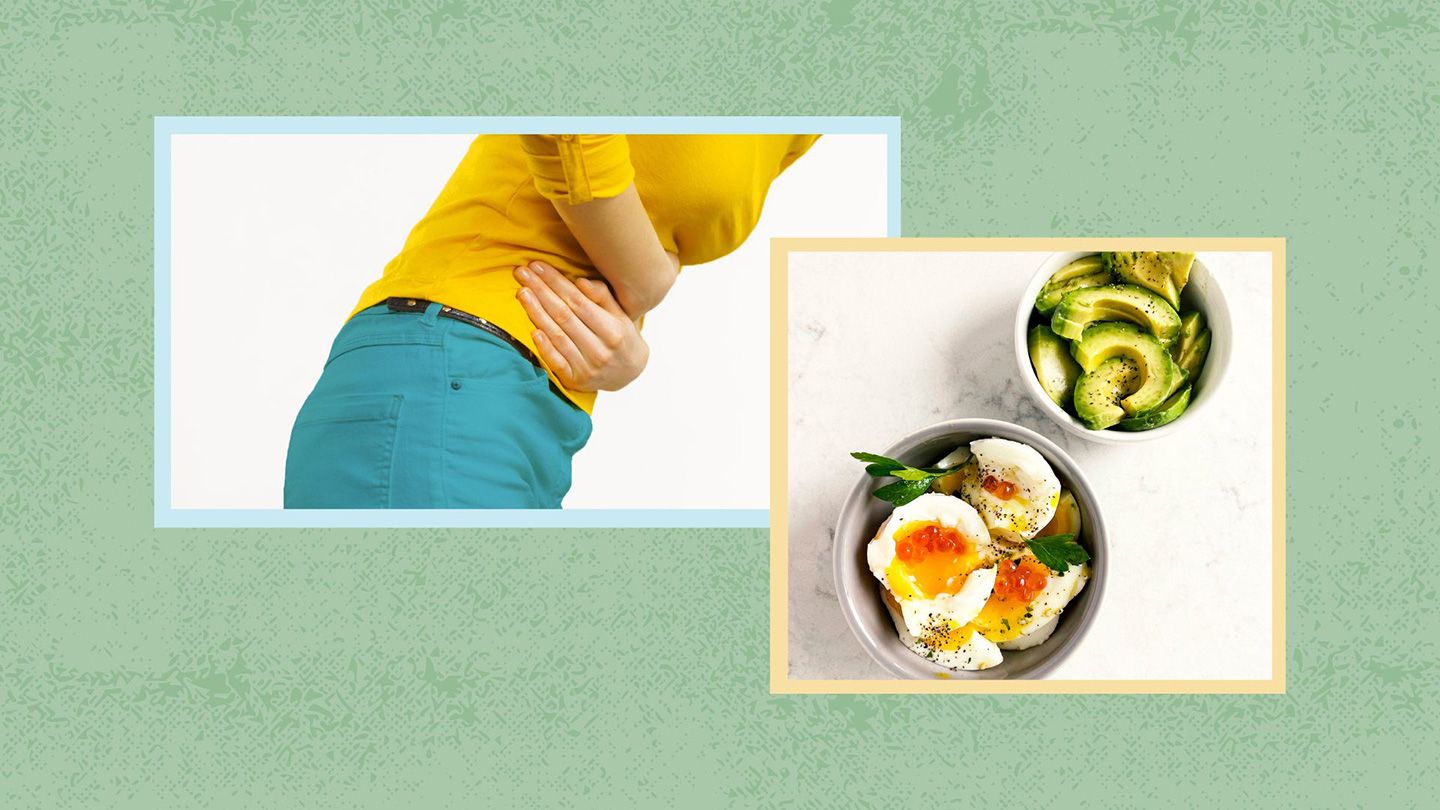The Calorie Content of Cheddar Cheese Cubes
Cheddar cheese is one of the most popular cheese varieties worldwide. With its signature sharp, nutty flavor and smooth texture, it's a staple ingredient in many classic dishes.
Cheddar lends flavor, creaminess, and visual appeal to everything from grilled cheese sandwiches to burgers, omelets, salads, and charcuterie boards. It's also often eaten as a snack on its own in cubed form.
But is this flavorful cheese a smart snacking choice for your diet? Here's a detailed look at the calorie content of cheddar cheese cubes.
Calories in Different Types of Cheddar
There are several main types of cheddar cheese, each with slightly varying nutrition profiles:
- Mild cheddar - Smooth, creamy, with a delicate flavor.
- Medium cheddar - More pronounced cheddar flavor and firmer texture.
- Sharp cheddar - Aged the longest, with a tangy bite.
- Extra sharp cheddar - The sharpest and most pungent flavor.
- White cheddar - Made with whole milk instead of annatto, has a mild taste.
In general, milder cheddars tend to be lower in fat and calories than strongly-flavored aged varieties. However, even within the same cheddar type, brands can differ slightly in their nutrition facts.
Calories in 1 Ounce of Cheddar Cheese
The most common reference amount for cheese is 1 ounce. This is about the size of a 1-inch cube. Here are the calories in 1 ounce of a few top cheddar brands:
- Kraft mild cheddar: 114 calories
- Cabot sharp cheddar: 113 calories
- Tillamook medium cheddar: 113 calories
- Kraft extra sharp white cheddar: 110 calories
As you can see, most 1 ounce servings of cheddar cheese cubes contain around 110-115 calories, regardless of the type or brand. The small natural variations come from differences in milkfat content.
Calories in 1 Serving of Cheddar Cheese Cubes
So how many cubes make a typical portion? Let's take a look at some common cheese cube sizes:
- Mini 1/2 inch cubes: About 8 cubes = 1 ounce
- Small 3/4 inch cubes: About 4 cubes = 1 ounce
- Medium 1 inch cubes: About 2 cubes = 1 ounce
- Large 1.5 inch cubes: 1 cube = 1 ounce
Based on this, a serving of mini cheese cubes would have around 100 calories (8 cubes at 12-13 calories each). Medium 1-inch cheddar cubes would come to 220-230 calories for 2 cubes.
Calories in Cheddar Cheese Cubes for Snacking
When eating cheese cubes as a snack, many people consume 2-4 cubes. Here's the calorie range for different sized cheddar snacks:
- 2 mini cubes: 25-30 calories
- 3 mini cubes: 35-40 calories
- 4 mini cubes: 50-55 calories
- 2 small cubes: 90-100 calories
- 3 small cubes: 130-150 calories
- 2 medium cubes: 220-230 calories
- 1 large cube: 110-115 calories
- 2 large cubes: 220-230 calories
As you can see, just a few cheese cubes adds up to a substantial calorie load. A more diet-friendly snack size is around 2 cubes or less.
Calories in Cheddar Cheese Cubes vs. Slices
What about cheddar sliced versus cubed? Which is the better option for controlling calories?
One ounce of cheddar cheese contains the same calories whether it's cubed or sliced. However, slices may be easier to portion into 1 ounce servings. Cheese cubes can encourage overeating since it's hard to eyeball a 1 ounce cube.
On the other hand, some find that cheese cubes satisfy snack cravings better since they can be eaten individually. You can also spread out cube consumption over time, while slices are usually eaten all at once.
Comparing Calories to Other Cheeses
How does cheddar stack up calorie-wise to other popular snack cheeses?
Here are the calories per 1 ounce of a few top varieties:
- Swiss cheese: 111 calories
- Monterey Jack: 104 calories
- Mozzarella: 85 calories
- Provolone: 98 calories
- Gouda: 101 calories
As you can see, cheddar is fairly average in calories compared to other cheeses. Some examples, like mozzarella and gouda, contain slightly fewer calories per ounce. However, the differences are minor.
Ways to Reduce Calories in Cheddar Cheese Cubes
Here are some tips for cutting calories when eating cheddar cheese cubes:
- Stick to 1 ounce portions or 2 small cubes at most for snacking.
- Choose reduced-fat or low-moisture part-skim cheddar.
- Limit extra high-calorie additions like ranch or melted butter.
- Pair cubes with raw veggies for a balanced snack.
- Top salads with crumbled cheddar instead of full cubes.
You can also look for snack-sized 100 calorie packs of cheese cubes. Just watch your total daily dairy intake.
Health Impact of Cheddar Cheese Cubes
Cheddar cheese makes a tasty snack, but how does it impact your health? Here's a look at the pros and cons of these bite-sized cheese cubes.
Potential Benefits
Some potential benefits of eating cheddar cheese in moderation include:
- Bone health - Excellent source of calcium and vitamin D for strong bones.
- Muscle building - Contains complete protein to help build and repair muscle tissue.
- Disease prevention - Nutrients like zinc, selenium, and vitamin K may lower disease risk.
- Weight management - Protein and fat promote satiety and satisfy hunger.
Emerging research also shows cheese may have unique anti-inflammatory and anti-obesity effects. Certain fatty acids in cheese may also support metabolism and fat burning.
Potential Downsides
However, there are also some potential downsides to keep in mind:
- High in calories - Small amounts provide a big calorie punch, which can lead to weight gain.
- High in saturated fat - Can negatively impact heart health and cholesterol levels when consumed in excess.
- High in sodium - Processed cheeses are very high in added salt.
- GI discomfort - Some experience bloating, gas or constipation from cheese.
Those with lactose intolerance will also want to moderate their cheese intake or choose lactose-free cheese. But overall, cheese as part of a healthy, balanced diet is considered safe for most people.
Healthiest Ways to Eat Cheddar Cheese Cubes
To maximize the benefits of cheddar cheese cubes and minimize potential downsides, follow these tips:
- Stick to 1-2 ounce portions to control calories
FAQs
How many calories are in cheddar cheese cubes?
One ounce of cheddar cheese (about 1-inch cube) contains 110-115 calories. Snack portions of 2-4 mini cubes provide 25-55 calories.
Is cheddar cheese healthy?
In moderation, cheddar cheese can be part of a healthy diet. It provides protein, calcium, and other nutrients. But it's high in saturated fat and calories, so portions should be limited.
What are the lowest calorie cheeses?
Some lower calorie cheese options include part-skim mozzarella, feta, cottage cheese, Parmesan, Swiss, provolone, and goat cheese.
Is it better to eat cheese slices or cubes?
Cheese cubes and slices have the same calories per ounce. Slices may be easier to portion control. Cubes can encourage overeating but may satisfy cravings better.
Can you eat cheddar cheese on a keto or low-carb diet?
Yes, hard cheeses like cheddar are keto-friendly and low carb. Just watch your portions since cheese is high in fat and calories.
Disclaimer: This article is for informational purposes only and does not constitute medical advice. Always consult with a healthcare professional before starting any new treatment regimen.
Related Coverage
Get the facts on Cooper cheese nutrition. Learn the pros and cons of eating this semi-hard Swiss cheese, how to incorporate it into a balanced diet, and healthier alternatives....
Want ricotta on keto? With 3 grams net carbs per ounce, ricotta can be challenging for very low carb diets. Learn strategies to fit it in or substitute better options like cottage cheese....
Wondering if green beans can fit into the very low-carb ketogenic diet? This article explores green beans' carb count, nutrition facts, health benefits, and more....
Eggs contain less than 1 gram of net carbs, making them keto-friendly. Learn about the nutrition facts, health benefits, and the best ways to eat eggs on a ketogenic diet....
Stay in ketosis while satisfying your sweet tooth with these 15 delicious low-carb fruit dip recipes. Perfect keto-friendly snack ideas using avocado, berries, cream cheese, chocolate, peanut butter, and more....
Keto air fryer cheese sticks are a quick, delicious high-fat snack for the ketogenic diet. Learn how to make crispy, melty cheese sticks easily at home....
Can constipation cause diarrhea? Learn how paradoxical diarrhea, overflow incontinence, bowel obstructions, and post-obstruction diarrhea can sometimes lead to watery stools....
What vegetables can you eat on keto? Learn the carb counts for yellow squash, zucchini, leafy greens, broccoli, cauliflower and other low carb vegetables ideal for the ketogenic diet....
Learn how many carbs are in different whiskey types like bourbon, Scotch, and Tennessee whiskey. Get the best low carb and keto-friendly whiskey drink ideas....
Can Greek yogurt fit into a keto diet? With careful carb counting and the right brand choice, Greek yogurt can work for keto. Learn how to pick the best low-carb yogurts....









